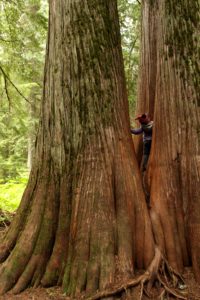
Towering giants. Ancient trees. Trees growing since Columbus sailed to the New World. We have gigantic western redcedar close by–south of Troy, Montana in the Cabinet Mountains at Ross Creek Cedars Scenic Area and north of Nordman, Idaho in the Roosevelt Grove of Ancient Cedars.
The Ross Creek Cedars Scenic Area has protected a grove of ancient western redcedar trees (Thuja plicata) since 1960. Nestled next to Ross Creek, some of these cedars are more than 1,000 years old, up to 12 feet in diameter and 175 feet tall.
The Roosevelt Grove of Ancient Cedars has been protected since 1943 and harbors western redcedar trees 800 to over 2,000 years old.
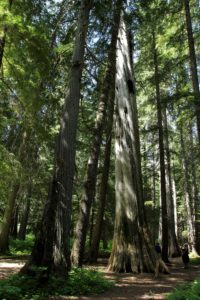
How do trees grow to be over 1,000 years old? Tenacity.
By surviving longer than other trees, the western redcedar is able to reach gigantic proportions even if only a portion of the tree is still alive. Many of the old trees have center rot but the tree stays alive by the thin, outer shell that contains life-sustaining processes. While natural fungicide keeps the heartwood decay-resistant, time takes a toll and rot eventually takes over.
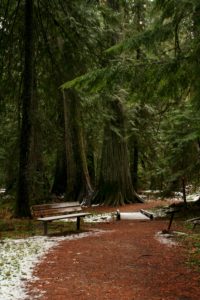
Western redcedar are native only to the Northwest. In the inland mountains they grow in canyon bottoms near streams so their roots can access water all summer. In this very wet soil they can dominate the forest because hemlock and most other conifers grow poorly with such saturated soil. By dominating the forest, they can reach gigantic proportions and become the largest tree in the inland mountains when height and girth are combined.
Their sheer size makes them relatively resistant to fire even though their vertical fibrous strips of bark are too thin to survive fires. Therefore, living in areas with very wet soil helps protect the cedar trees because those areas are less likely to burn.
However, a walk through Ross Creek Cedars reveals some burnt trees. Most of the trees survived the big fires of 1889 and 1910 which burnt surrounding forests. The fire of 1926 destroyed 75 percent of the large trees in the Roosevelt Grove of Ancient Cedars. Even if cedar are burnt, sometimes a narrow strip remains unburnt and can support growth.
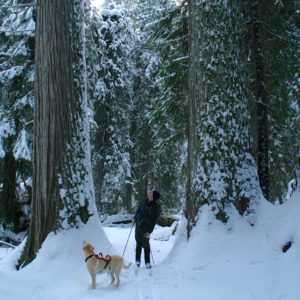
For such enormous trees, one would think their cones would be as big as white pine cones. However, their cones are surprisingly small at half-an-inch long. Over 400,000 seeds would be needed to make a pound. The small seed size is an advantage because rodents seldom eat them.
The thick canopies of the ancient groves are perfect for the seedlings to grow because they need partial shade.
Western redcedar can also reproduce vegetatively. Broken branches that land on moist ground can take root and these vegetative saplings are called “veglings”. Cedar trees can also reproduce vegetatively by layering which happens when lower drooping branches are pressed against the ground and take root. For example, when a tree falls on the lower drooping limbs of another tree, the limbs pinned by the fallen tree may take root.
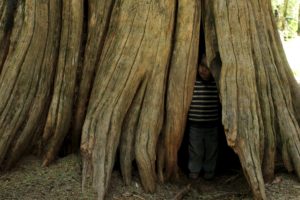
Between reproducing vegetatively and seeds sprouting, the ancient groves of cedar will continue to grow for the next 1,000 years.

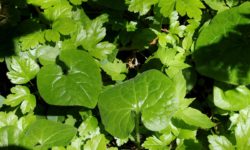
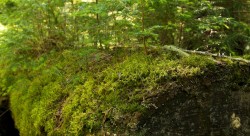
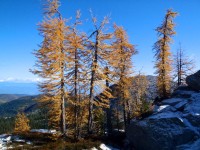
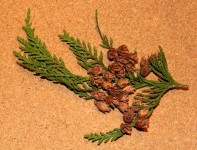
We visited the Ross creek red cedar forest while in Troy Mt. in 2017. The big trees were so beautiful. We visited again this last summer, 2024 and found a lot of the trees were down and the forest was not as pristine as it was in 2017. We wondered what had happened to cause so many of the trees to be down. The ones still standing are amazing, but we were wondering if it was a tornado or age or a fire that caused such a change. If you have any information regarding the difference, will you share with us?